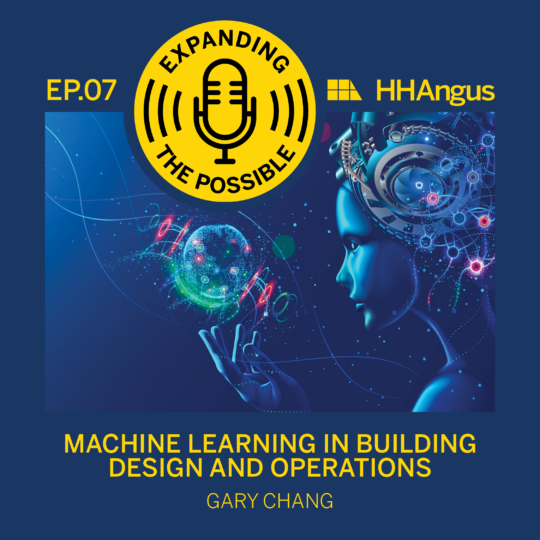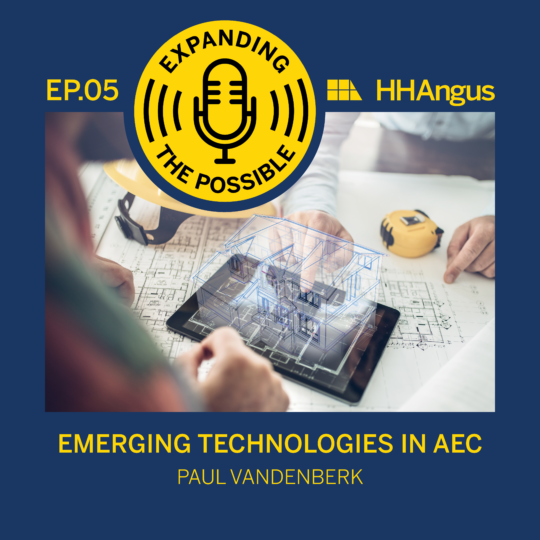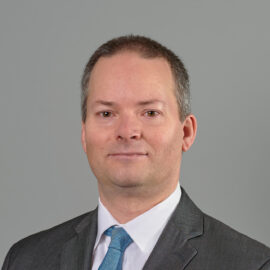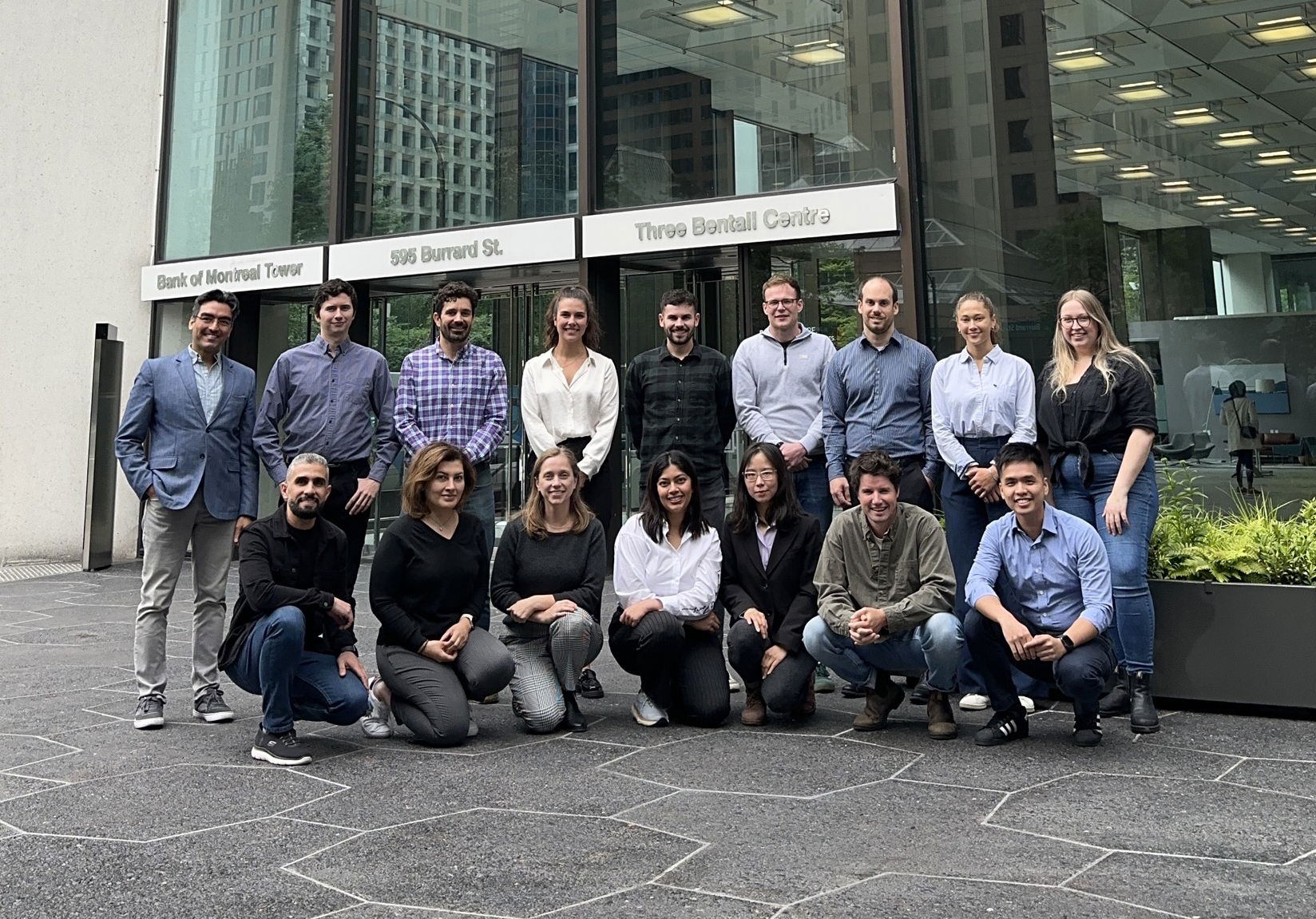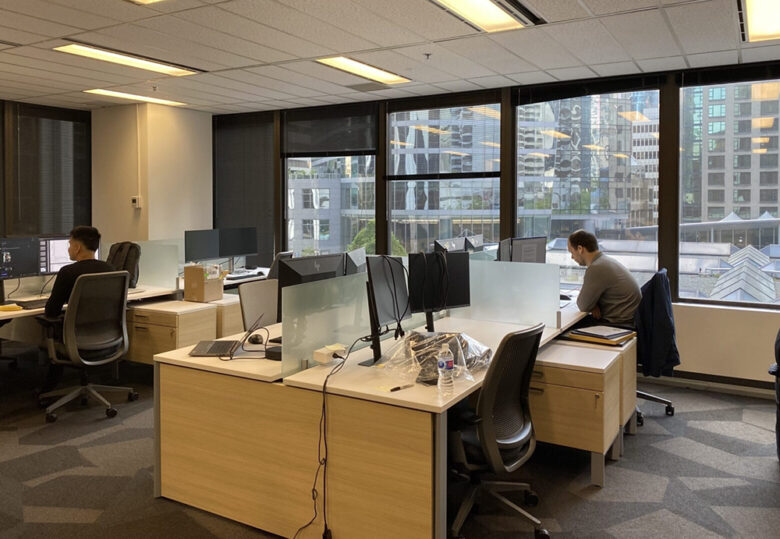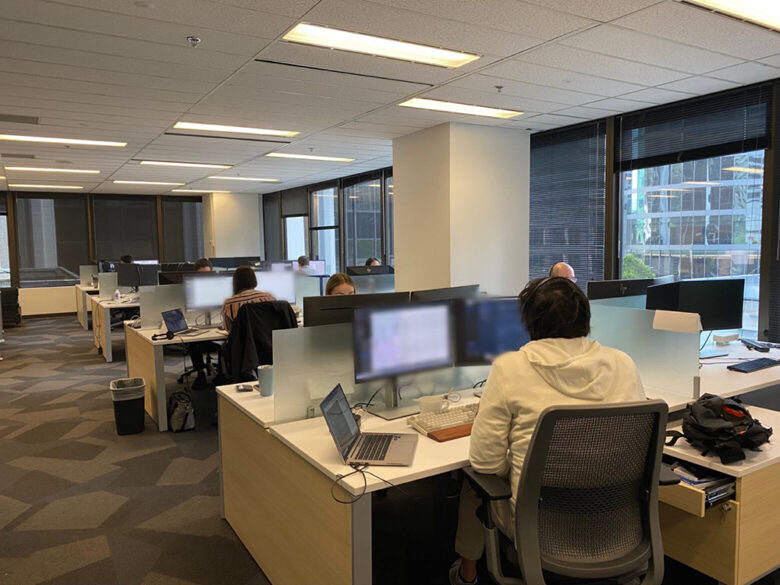Decarbonizing Existing Buildings
A recurring theme of the conference was the need to repurpose and reuse existing vacant building stock in a more intentional way to reduce the complete lifecycle of embodied carbon in buildings.
While new buildings are being designed to meet newer, more stringent building and energy codes as well as LEED, Net Zero and passive house standards, existing older building stock constitutes a huge part of the energy consumption picture but without the codes and efficiencies of new builds. Given the current post-COVID vacancy rates for commercial spaces, there was much discussion at the conference about the need to repurpose whole floors or entire commercial buildings for other uses. Doing so would provide the opportunity to apply more current design strategies to refresh those buildings and move them closer to new build standards.
Those responsible for all aspects of building design need to maintain a focus on high quality, low carbon design of new buildings, while at the same time optimizing building performance and increasing the focus on vacant building stock to reach our sustainability goals and carbon reduction targets.
Building Performance & LEED
Many existing buildings are operating with mechanical and electrical systems installed in the 1970s or earlier. Upgrading these systems contributes significantly to improved performance and sustainability metrics. At a key stakeholder’s session on the eve of the conference, participants discussed the relevance of LEED energy criteria in an industry increasingly focused on carbon reduction. Around the world, organizations responsible for building codes and standards are exploring how to address carbon within their regulations.
Another discussion thread centred around LEED’s focus on water use, and how improvements in water consumption rates contribute to carbon reduction.
Discussions also touched on the reliability of information on embodied carbon over a building’s lifecycle. Our take-away was that the means by which embodied carbon gets measured is still in a nascent stage and will need further development.
Economics of Repurposing Vacant Buildings
Decisions around repurposing existing buildings include a range of considerations; for example, what is the cost to demolish and rebuild versus the cost to refresh and renovate? Will the investment in a refresh elevate a building’s leasing status from Class B to Class A? Do older buildings provide floor to ceiling heights that allow for updating the building infrastructure? How do owners of large building portfolios evaluate the economics and feasibility of bringing a building into a low-carbon state?
Another key consideration for the repurposing decision is the impact of inefficient building envelopes on building performance and what this will mean to portfolio managers and the future of their building stock.
More progress is needed
Andy Crosson’s overall take-away from the conference was that not enough progress is being made. “Canada has more work to do now than it did ten years ago. We're not getting ahead of all of this, and I think it needs cultural change at all levels, for example with incentives from the government such as the previous Montreal Agreement on CFCs. I think a lot of the message around green buildings is getting to be a bit tired. 2050 is not that far away and we're still not getting ahead.”
For Ian McRobie, the key conference take-aways were twofold: “Two topic streams stood out for me - one was about embodied carbon and the other focused on the financing around bringing buildings into this new world of low carbon and how the financing can be managed, because the cost of carbon, and things like Canadian infrastructure bank programs all play a huge part in making the economics of retrofitting all these buildings make sense.”
